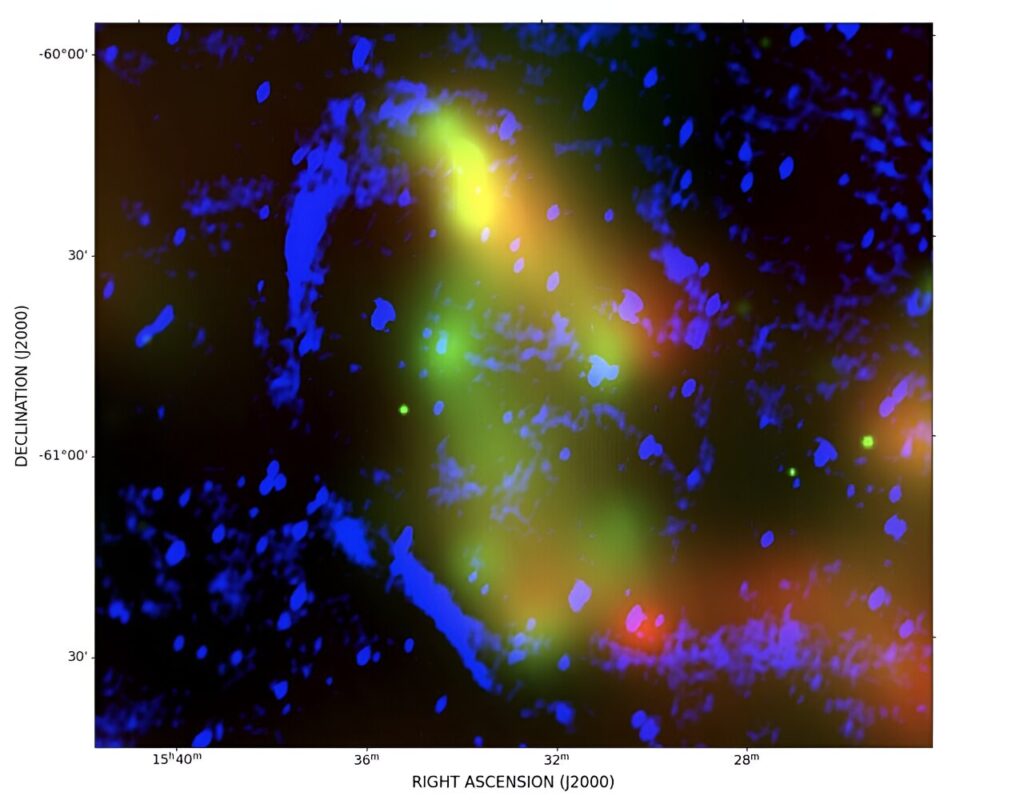A team of Australian astronomers has reported the discovery of a previously unknown supernova remnant. Its age is several thousand years.

When supernovae flare up, the shell of a dying star scatters in all directions, forming a shock wave expanding at great speed. When it collides with the surrounding gas and dust, this leads to the formation of characteristic nebulae, which are called supernova remnants.
Studying supernova remnants is important for astronomers because they play a key role in the evolution of galaxies, scattering heavy elements that then form part of the next generation of stars. They also heat up the interstellar medium and are believed to be responsible for accelerating galactic cosmic rays.
In 1997, astronomers discovered a radiation source designated G321.3-3.9. It has an elliptical shape and emits in the radio and X-ray range. So the researchers suspected that it was a supernova remnant.
After almost 30 years, this guess has finally been confirmed. After analyzing data from a number of surveys, a team of astronomers from Curtin University concluded that G321.3-3.9 was indeed a supernova remnant. The measurement results showed that it is located at a distance of 2,300 to 3,300 light-years from Earth. The distance estimate suggests that the diameter of the remnant is about 62-97 light-years, and its age is in the range of 1700-4000 years.
According to the researchers, the estimated age of the supernova remnant is less than one would expect, based on the shape of the shell and low brightness at radio frequencies. In addition, they have not yet been able to find a single pulsar in this region that can be associated with it.
Earlier, we talked about how astronomers investigated the evolution of a Type Ia supernova.
According to https://phys.org
Follow us on Twitter to get the most interesting space news in time
https://twitter.comne/ust_magazine


